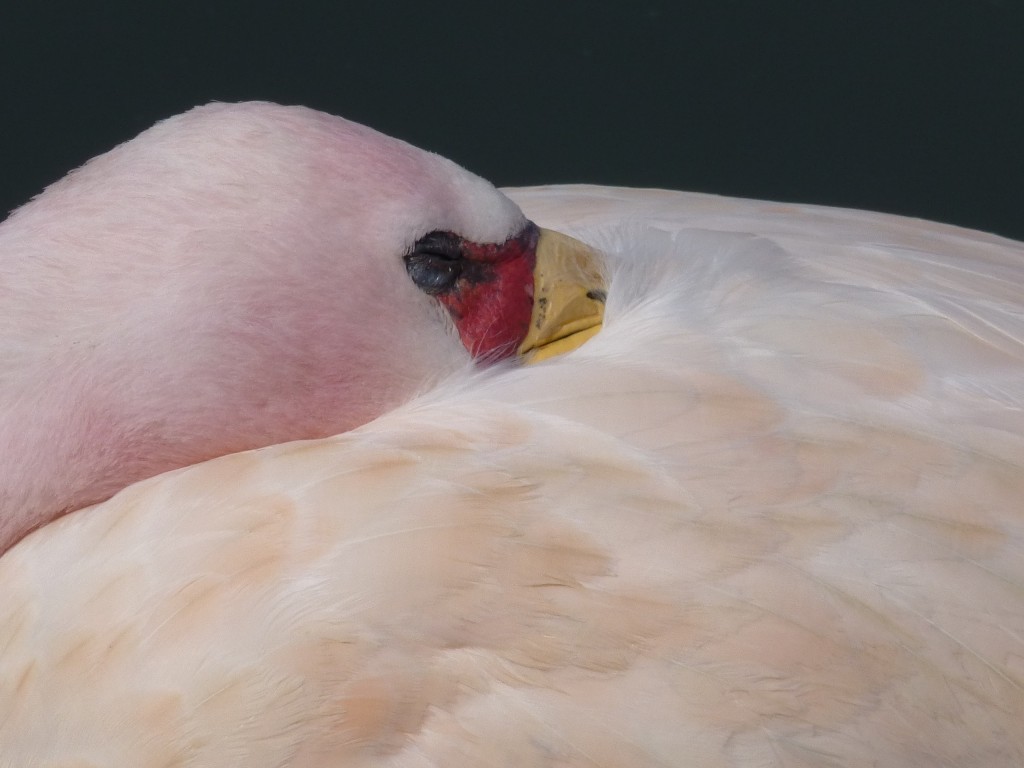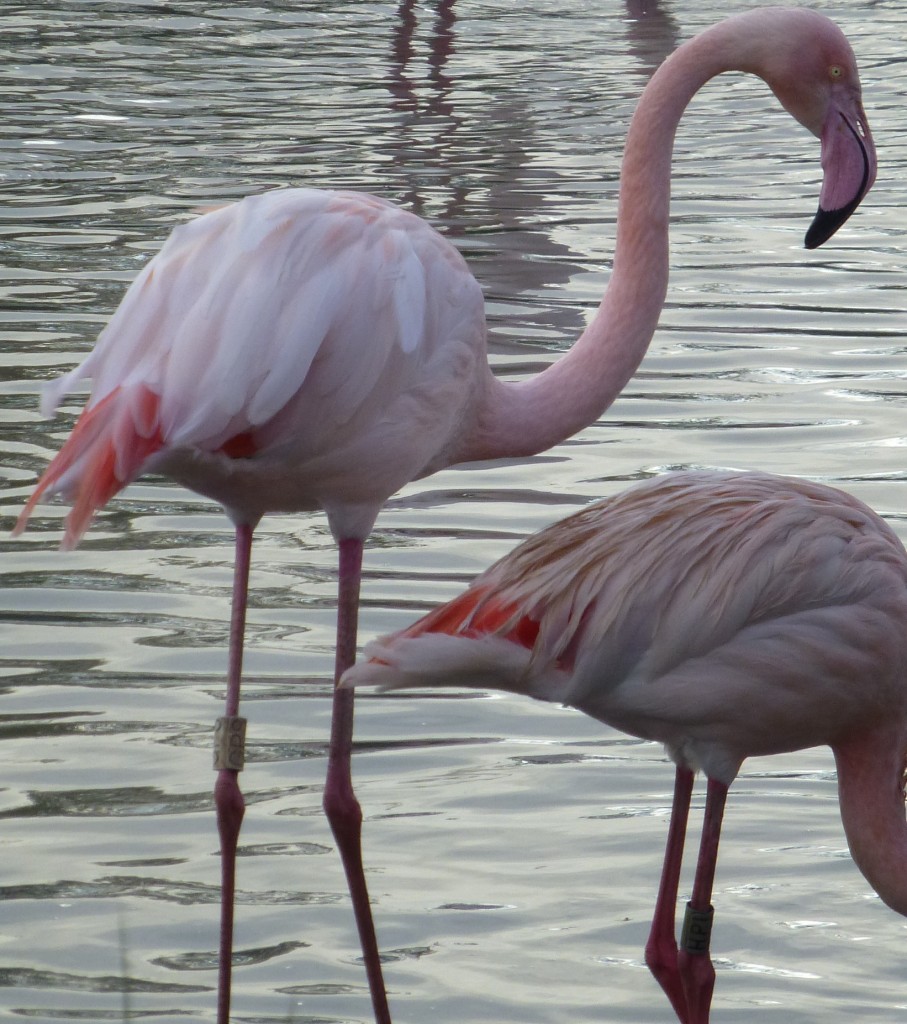Friends for life
I have been reviewing the various records that stretch back over the years relating to the flamingos that have come and gone, and are still around, at Slimbridge. I am continually amazed by their age, longevity and seeming imperviousness to the ravages of time. Yes, they do obviously age and one day will shuffle off this mortal coil but flamingos do seem to have extremely rude health and live for a lot longer than many other species. The records that the Trust hold are an amazing insight into the past history of the birds, where they have come from and how long they have been cared for by WWT.

These records are really important to my research as I need to identify individual birds to work out relationships between animals and why these "friendships" might occur. Gender, age and where the flamingo came from originally all tell me important details about why some birds might like each other more than they like others. The length of time a bird has spent within a flock influences the behaviour of the other animals. Age, experience and world-wiseness (is that a word?!) are important to the long-term success of flamingo flocks. And at Slimbridge, there is the unique opportunity to study these older, wiser birds that have been in the same place for many, many years.

Several of the birds in the greater flamingo flock tell an exceptionally good story. Hatched in 1956, these birds on the cusp of their sixth decade living in Gloucestershire have a unique role in the dynamic of the respective flocks that they live in. Strong partnerships between these older birds encourage younger birds to start breeding too and therefore encourage the flock to be sustainable in the future. If one pair of flamingos feels happy enough to start courtship and breeding, so others will follow. And these older flamingos are important to these behaviours. The photo, above of "GPS", shows a smaller birds, a female "HPI" (although I didn't manage to get all of her into the photo) who is another flamingo hatched in 1956. These two are often seen together. Quite the partnership to have existed for such a long time. Would that be worthy of a golden wedding? I should think so!
Keeping these birds alive for so long is also testament to the standard of care they receive from the avicultural department. The excellent health, vitality and good condition of such highly specialised animals over sixty-plus year (nearly) is something that they should all be very proud of.



